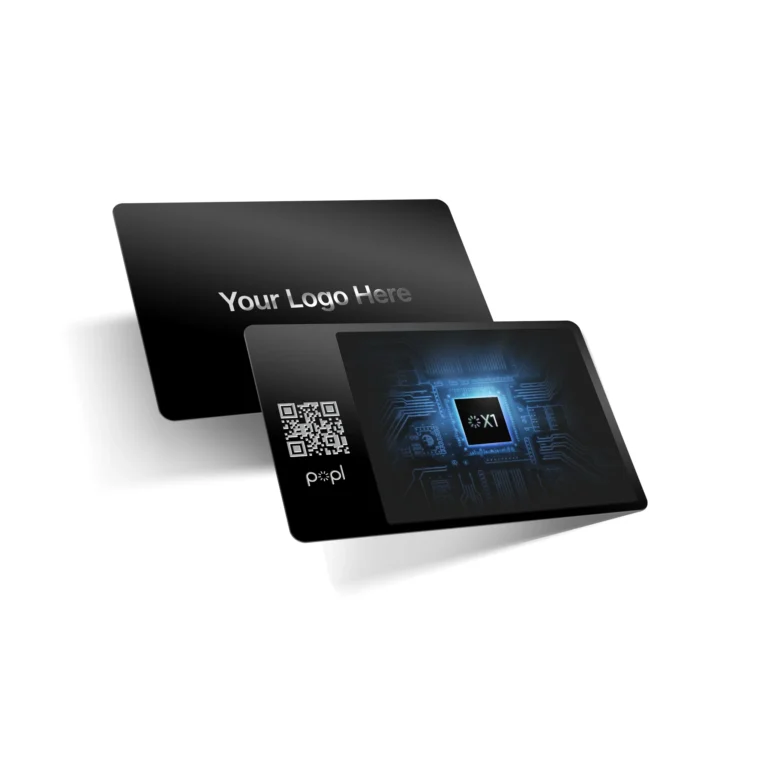
Python, known for its simplicity and versatility, is a fantastic programming language for beginners. Whether you’re looking to build a website, analyze data, or automate tasks, Python’s intuitive syntax makes it an excellent choice. In this guide, we’ll take you through the fundamental steps to start your journey into the world of Python programming.
Step 1: Installation and Setup:
- Download Python: Visit python.org and download the latest version of Python for your operating system.
- Install Python: Follow the installation instructions, making sure to add Python to your system’s PATH.
Step 2: Running Your First Python Program:
- Open a Text Editor: Use a basic text editor like Notepad (Windows) or TextEdit (Mac).
- Write Your Code: Type
print("Hello, World!")into the text editor. - Save Your File: Save the file with a
.pyextension (e.g.,hello.py). - Run Your Code: Open your command prompt or terminal, navigate to the file’s location, and type
python hello.py.
Step 3: Variables and Data Types:
- Assigning Variables: Use the
=operator to assign values to variables (e.g.,name = "John"). - Data Types: Python has various data types, including strings, integers, floats, and booleans.
Step 4: Basic Operations:
- Arithmetic Operations: Perform calculations using
+,-,*,/, and%operators. - String Concatenation: Combine strings using the
+operator (e.g.,full_name = first_name + " " + last_name).
Step 5: Conditional Statements:
- If Statements: Make decisions in your code using
if,elif, andelsestatements. - Comparison Operators: Use
==,!=,<,>,<=, and>=to compare values.
Step 6: Loops:
- For Loops: Iterate over a sequence of items using the
forloop. - While Loops: Repeatedly execute code as long as a condition is met with the
whileloop.
Step 7: Functions:
- Creating Functions: Define functions using the
defkeyword (e.g.,def greet(name):). - Calling Functions: Call functions with the function name followed by parentheses (e.g.,
greet("Alice")).
Step 8: Lists and Dictionaries:
- Lists: Store multiple items in a list using square brackets (e.g.,
numbers = [1, 2, 3]). - Dictionaries: Create key-value pairs using curly braces (e.g.,
person = {"name": "Bob", "age": 30}).
Step 9: Libraries and Modules:
- Importing Modules: Access additional functionalities by importing libraries (e.g.,
import math). - Using Functions from Modules: Access functions with
module_name.function_name()(e.g.,math.sqrt(25)).
Step 10: Resources for Further Learning:
- Online Tutorials: Explore online Python tutorials and courses, such as Codecademy, Coursera, and edX.
- Python Documentation: Visit python.org/doc to access the official Python documentation.
- Practice Coding: Challenge yourself with coding exercises on platforms like LeetCode and HackerRank.
Conclusion: Your Journey Begins
With these foundational steps, you’ve taken your first strides into the world of Python programming. As you gain confidence and experience, you’ll uncover the vast capabilities of Python, from building applications to analyzing data and beyond. The Python community is vast and supportive, offering resources to help you along your coding journey.




